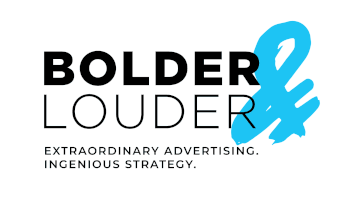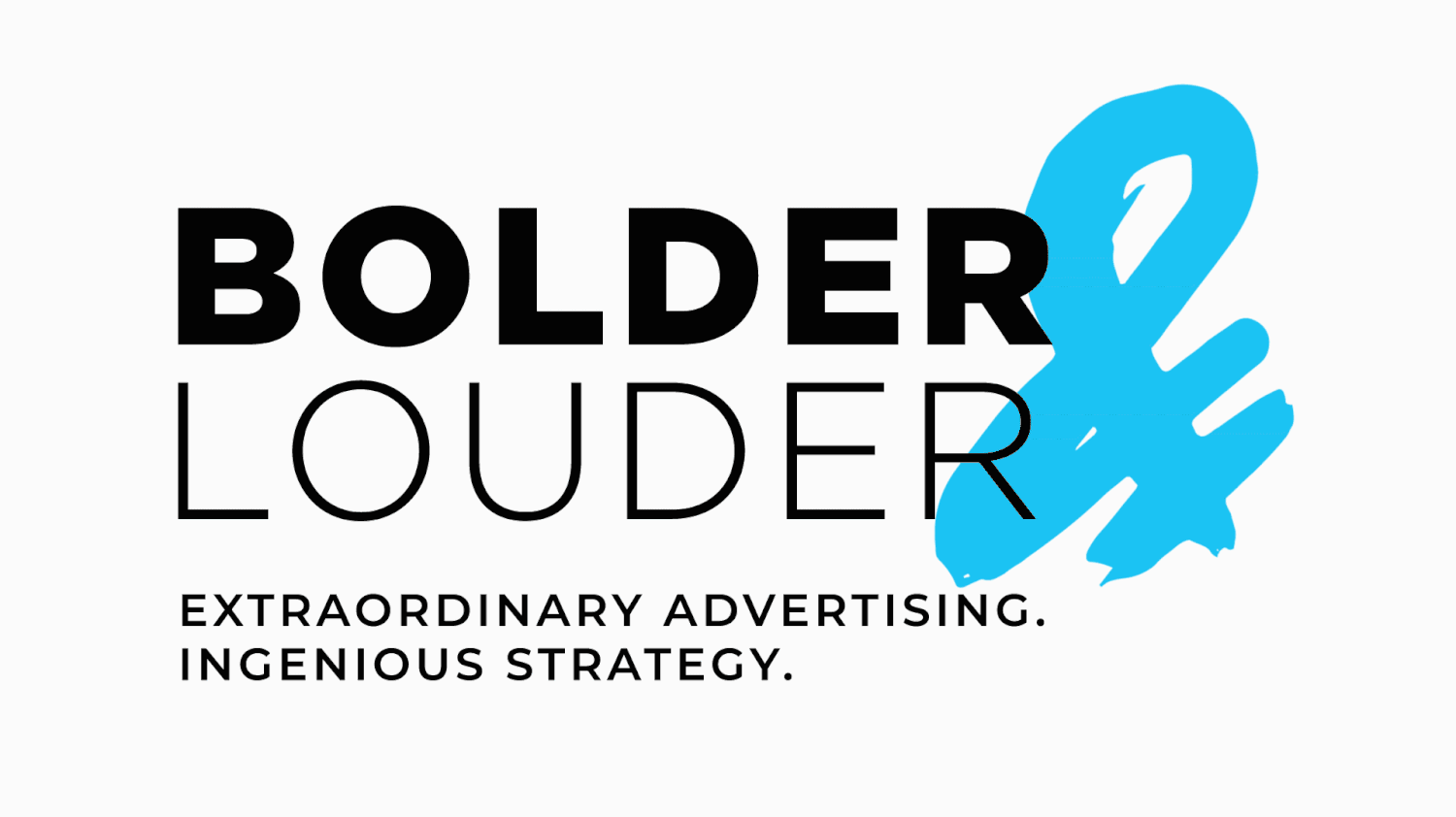How To Write An Ad That Converts Like Crazy
“I have always believed that writing advertisements is the second most profitable form of writing. The first, of course, is ransom notes.” - Philip Dusenberry
There are a lot of definitions about what copywriting is - and isn’t: salesmanship in print, writing to sell, salemanship multiplied.
Or my personal favorite, persuasion writing.
Advertising would be well and truly be extinct if each of us could talk to our prospects face-to-face.
But as we can’t, (and frankly many wouldn’t want to even if they could), our advertisements have to do the job and get the word out for us en masse.
That’s why good copywriting is the oxygen of your business.
Get it right, and the sky is the limit.
Get it wrong and your business is banished to the ranks of the mediocre, the forgotten, the ignored.
Here are the 5 biggest copywriting mistakes, and how, by avoiding them, you can write an ad that converts like crazy:
NEVER SETTLE FOR BORING
One of the worst things you can do for your business, is write an ad that’s boring to read. The same goes for ANY kind of marketing your business does. If an honest reading of your website or brochure makes your eyeballs dry up, or triggers an urgent need to go to the bathroom - then just imagine how your poor prospects must feel.
Remember you can only interest a person into buying your products or services. You can’t bore them.DON’T RUSH THE SALE. EARN TRUST BY BUILDING THE RELATIONSHIP FIRST, ASKING FOR THE SALE, SECOND.
As a direct response copywriter, I have seen many examples of bad marketing that rush the entire sales process. It makes their prospects feel like they’ve been caught in a pressure-cooker and are being pounded to death for a sale. In this economy especially, all buying power has returned to the consumer.
And they know it.
You just can’t expect to trundle out a cart full of your wares and have people flocking to buy them. That may have been how it worked last year, but certainly not today.
Today, marketing is all about building relationships first. Your copy has to carefully do the same, not rush straight to make the sale.
DON’T MAKE YOUR AD APPEAL TO EVERYONE
You have to niche your message along with your target market (I show you exactly how to do this in my new book The Client Stampede.)
One of the biggest mistakes I see companies make, is using ad copy that is worded so generically that it doesn’t apply to anyone in particular at all.
This is very bad.
At first blush you might think that the more people you can make your ad appeal to, the better.
Wrong.
Quite the opposite.
The more tightly you target the message in your ad to resonate with a specific niche, the higher the response rate. This goes back to the first point. People will only read what interests them.
For example if you’re a retired dentist living in Florida, with $2 Million in investable assets and 3 grandkids - which headline are you more likely to read:
Option A
Watley Wealth Managers: We Help Your Retirement Funds Go Further
Option B
Attention Retired Dentists: If you live in Florida and have over $2Million in Investable Assets Then You MUST Read This (PS Your Grandkids Will Thank You For It)
Clearly Option B is going to grab the dentist’s attention at lightning speed (option B), whereas Option A is, well, extremely dull and generic.
4. ADVERTISING ISN’T YELLING
Surprisingly few understand this very important premise of effective advertising - which is why most advertising falls on deaf ears (excuse the pun).
Nothing screams out “I want to sell you something” more than an advertisement that looks and sounds like an advertisement. That’s why writing copy in the form of a book or a special report, or an editorial article, or a helpful animated video will typically attract a much higher level of viewership.
5. DON’T LET YOUR ADVERTISING MAKE HOLLOW CLAIMS
Most ads are seriously devoid of all proof but full of empty sounding promises like “we’re the leading experts” or “your trusted provider”, etc.
We’re so used to reading these claims that they wash over us like tiny ocean ripples swirling around our ankles. Unnoticed.
One of the strongest elements of proof is, of course, proof in your products itself, such as a bold guarantee to back up your promises.
Other things you can use are of course testimonials (if your industry permits it), or even a product demonstration itself (think of those knife infomercials that show them cutting through concrete etc).
Proof is usually the most overlooked aspects of any copy. If you can find a way to add it in a compelling way, it can transform even the most meager of ads into the mighty.
So there you have it - five of the most essential criteria for creating an ad that grabs attention and converts like crazy.



